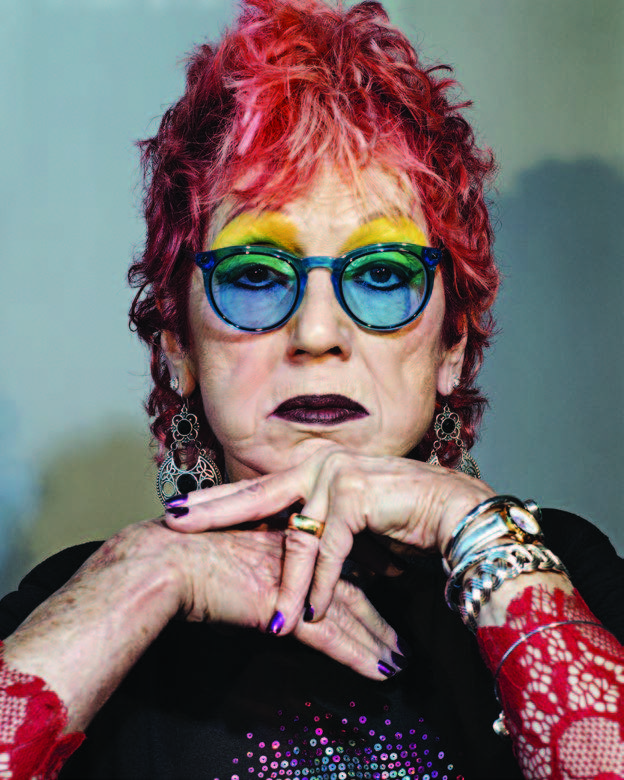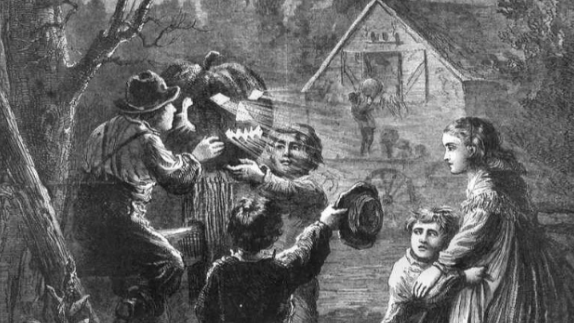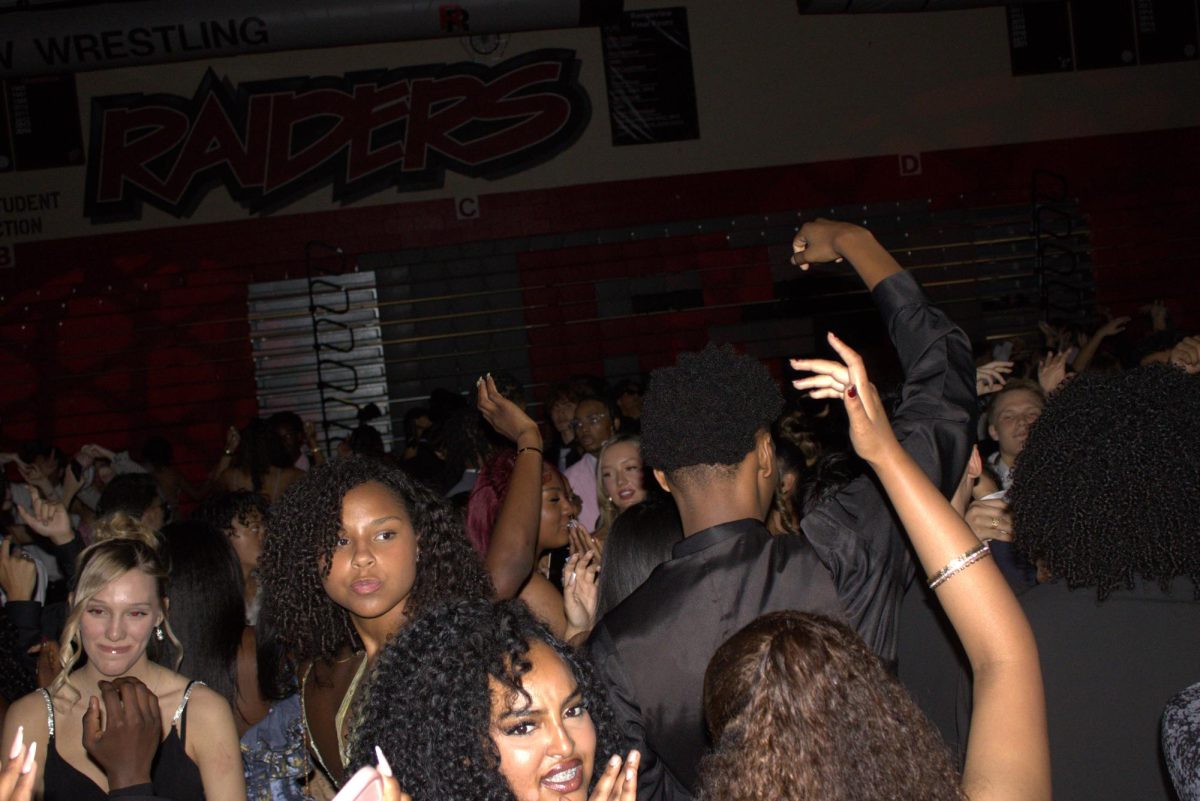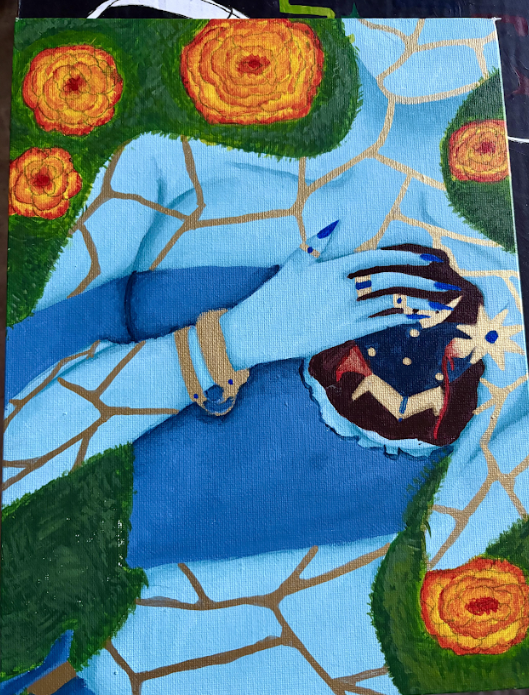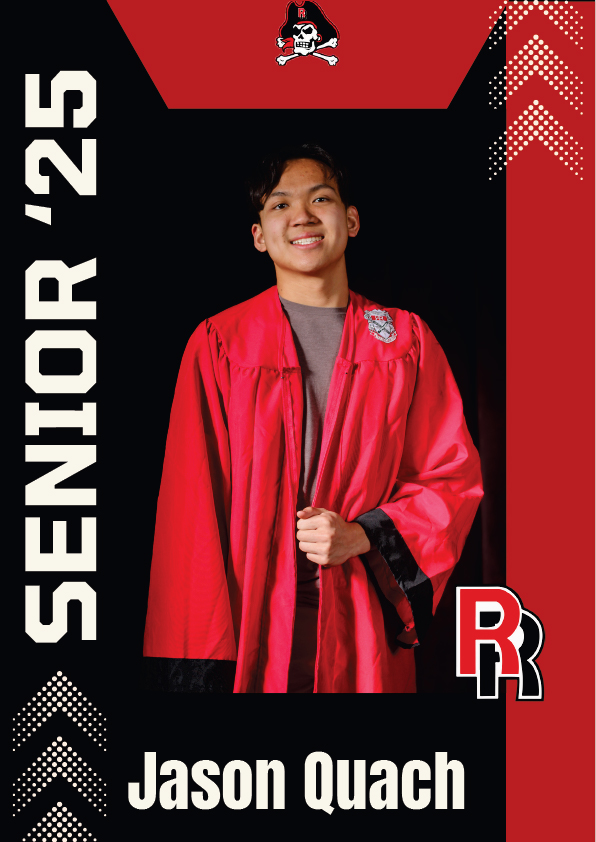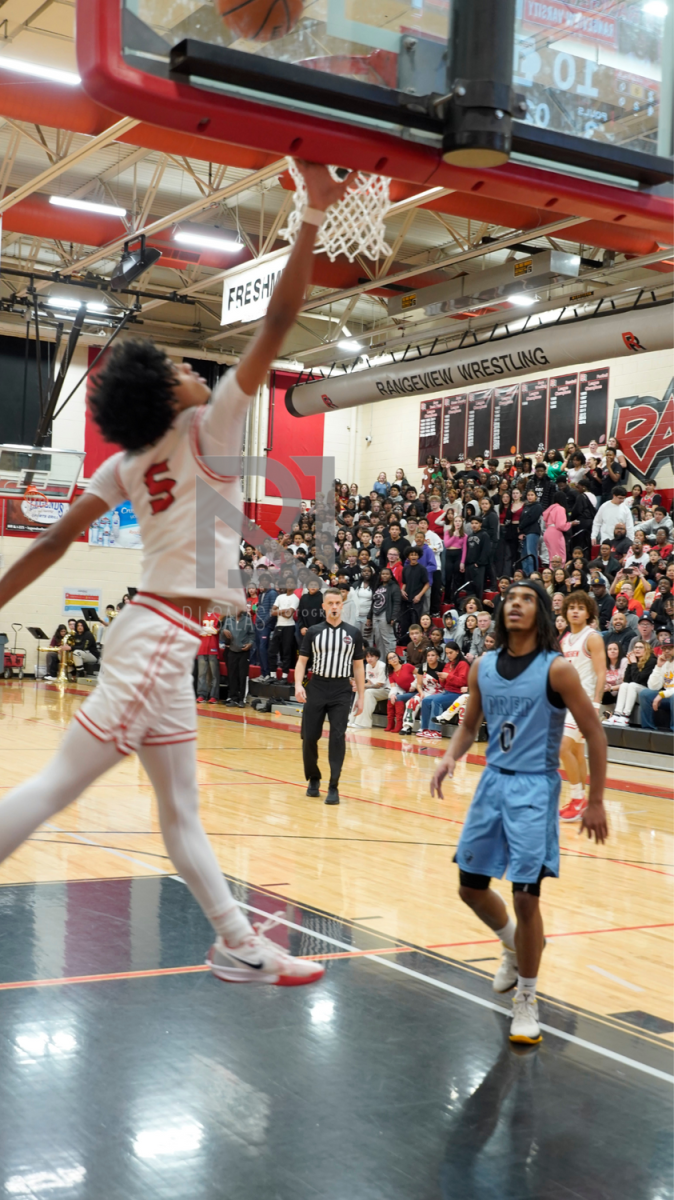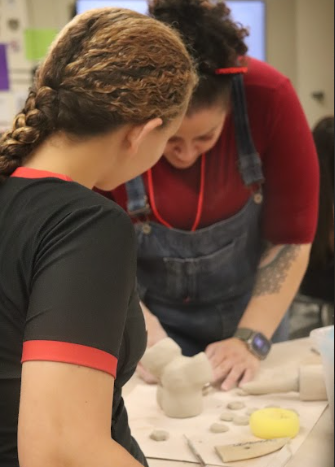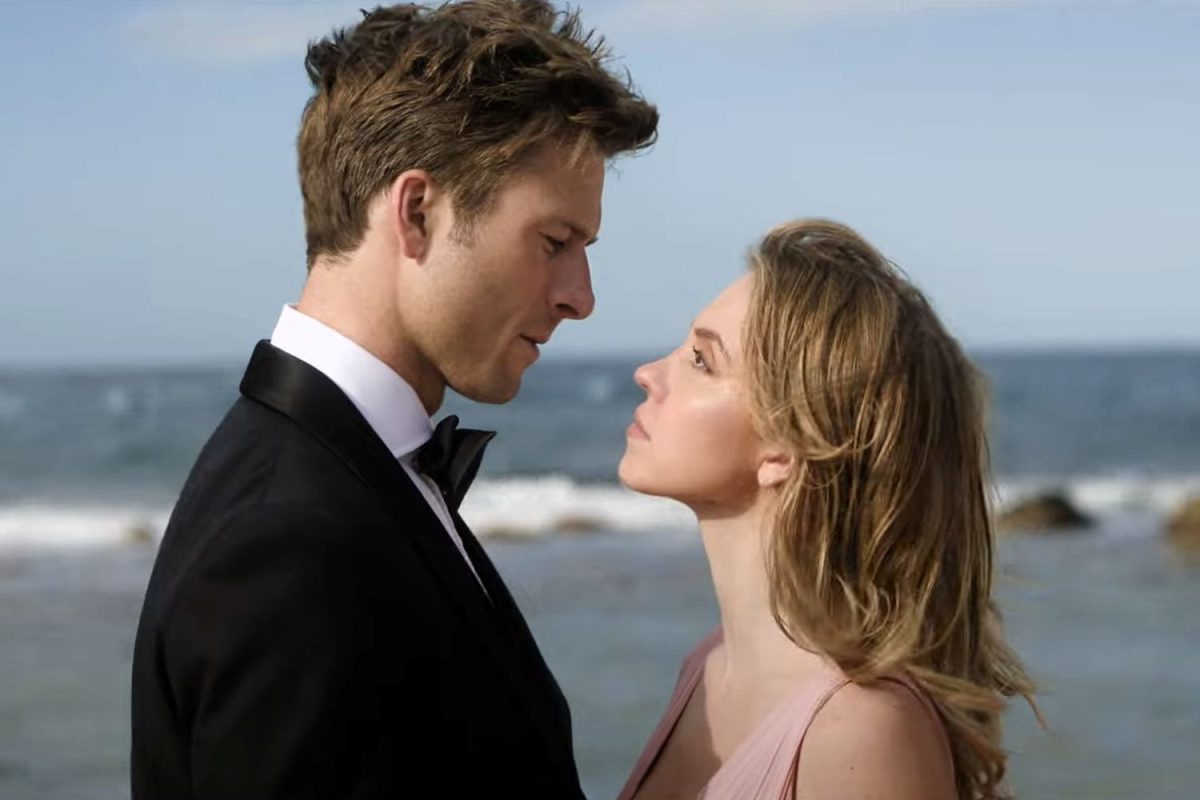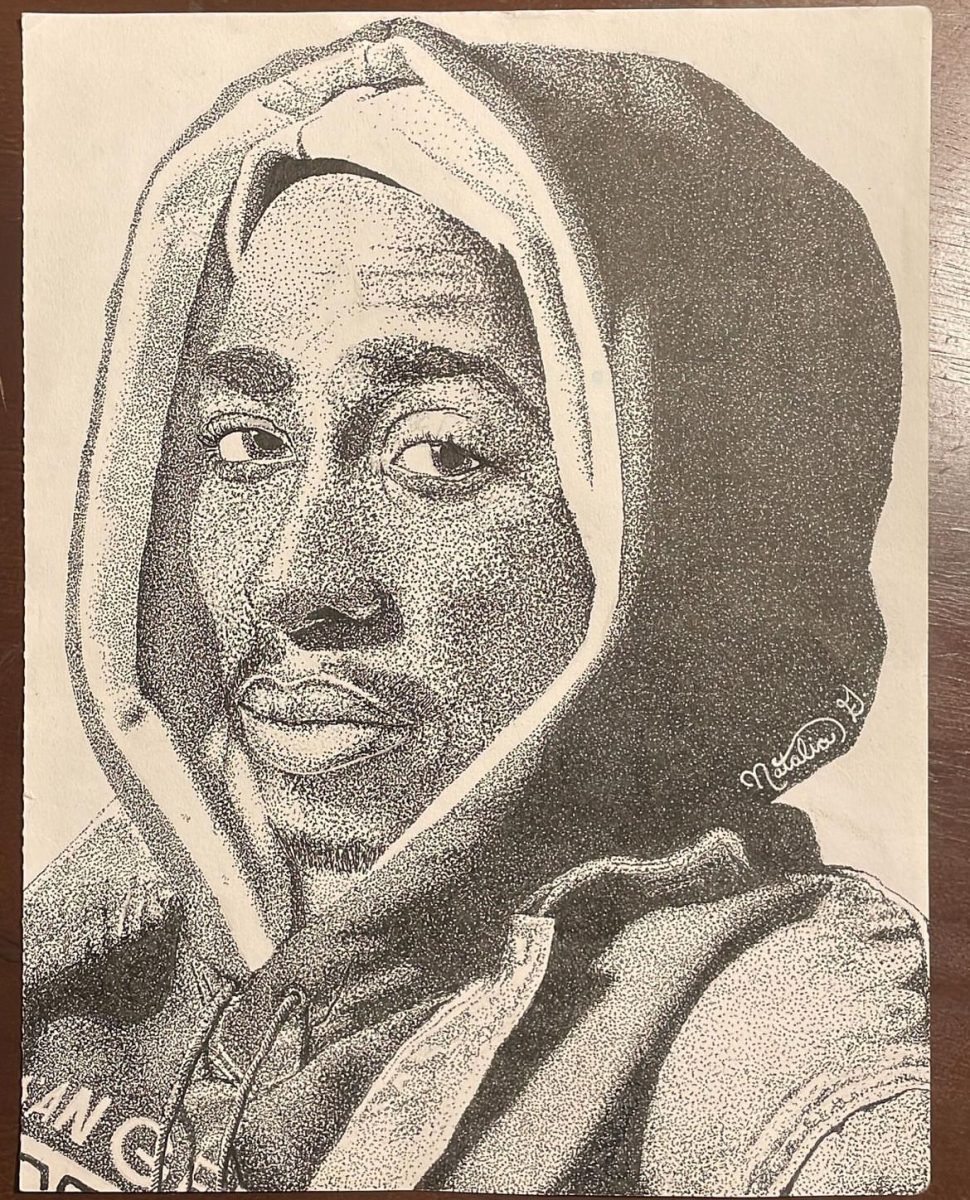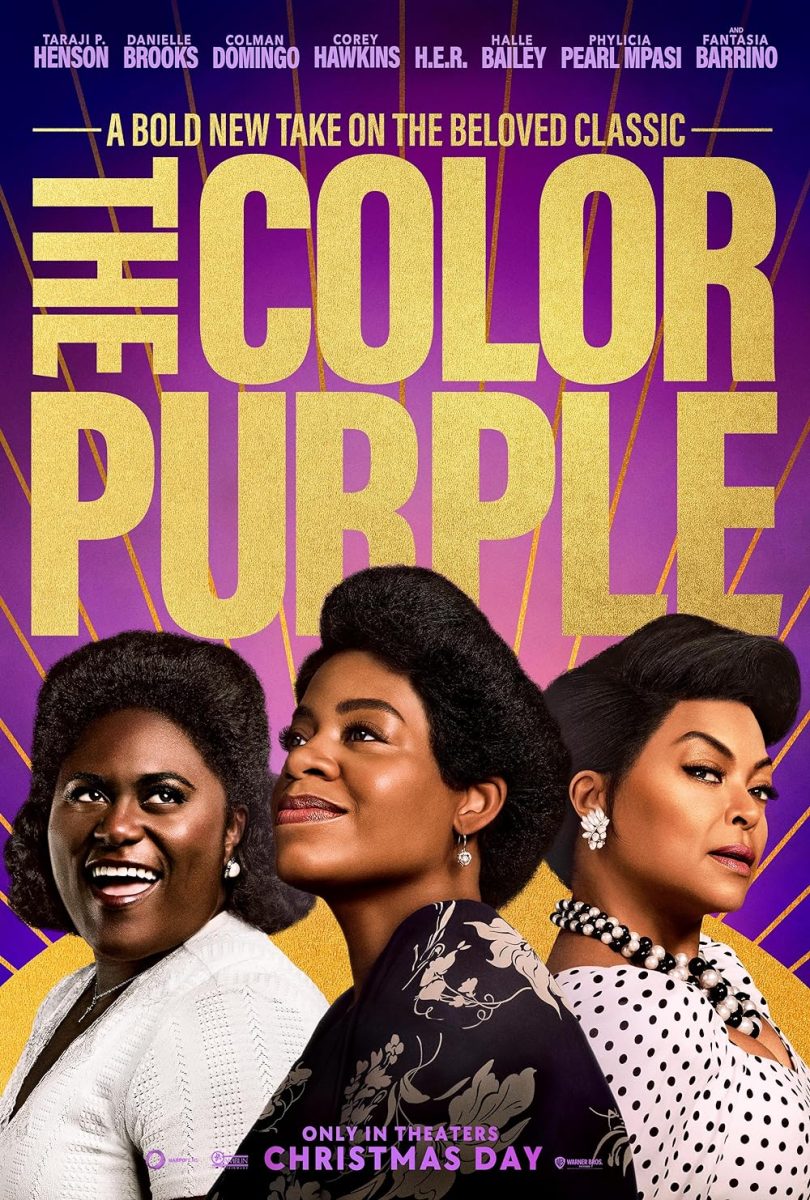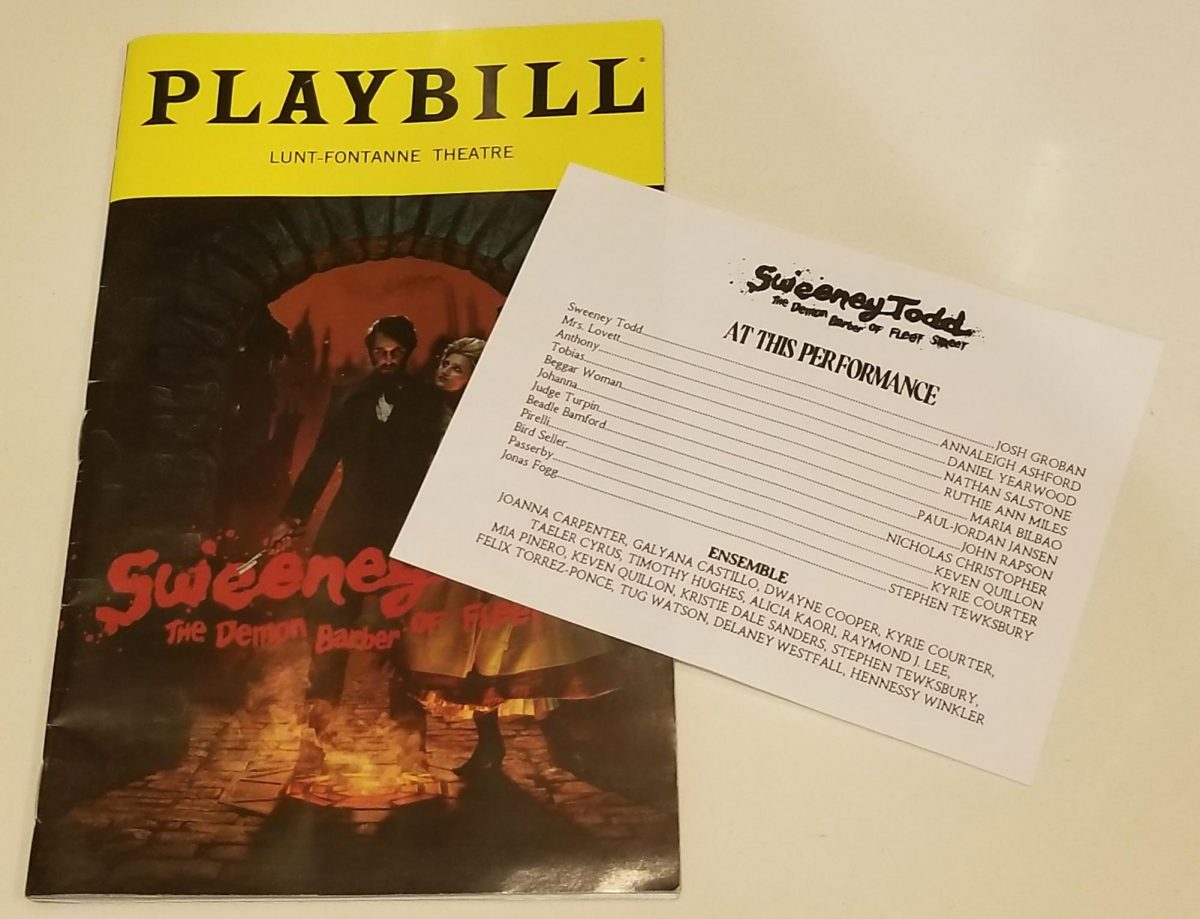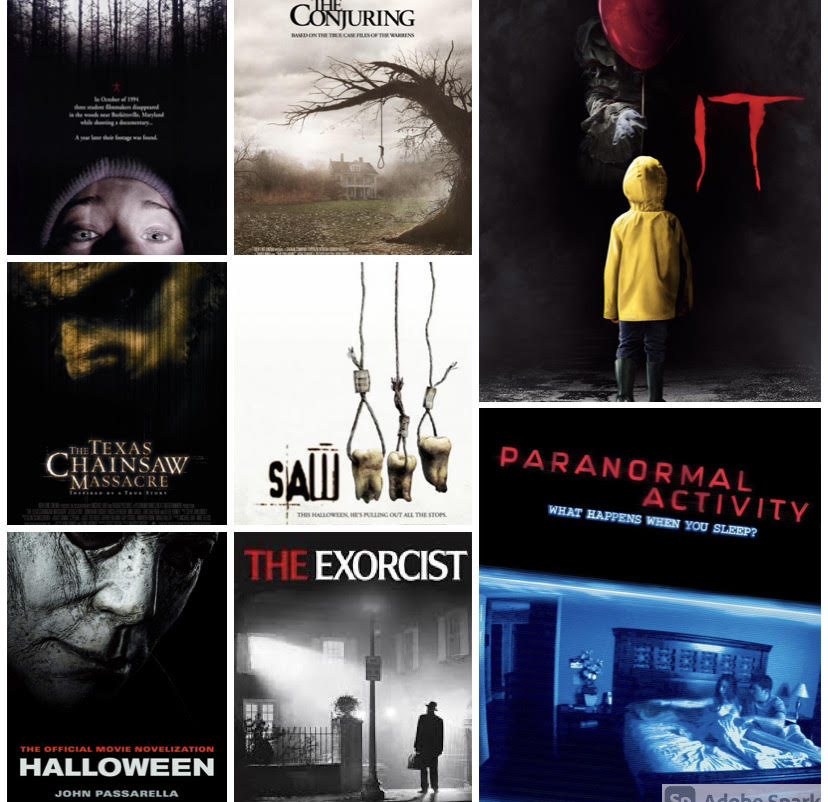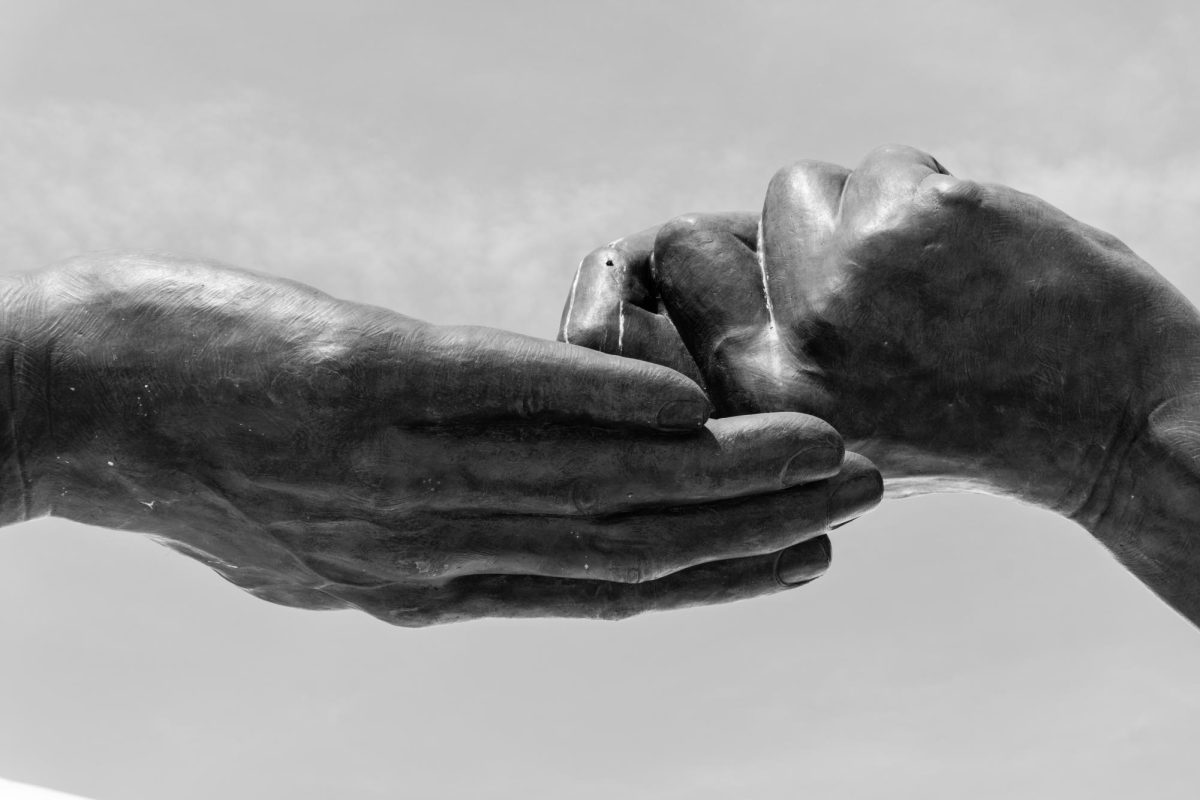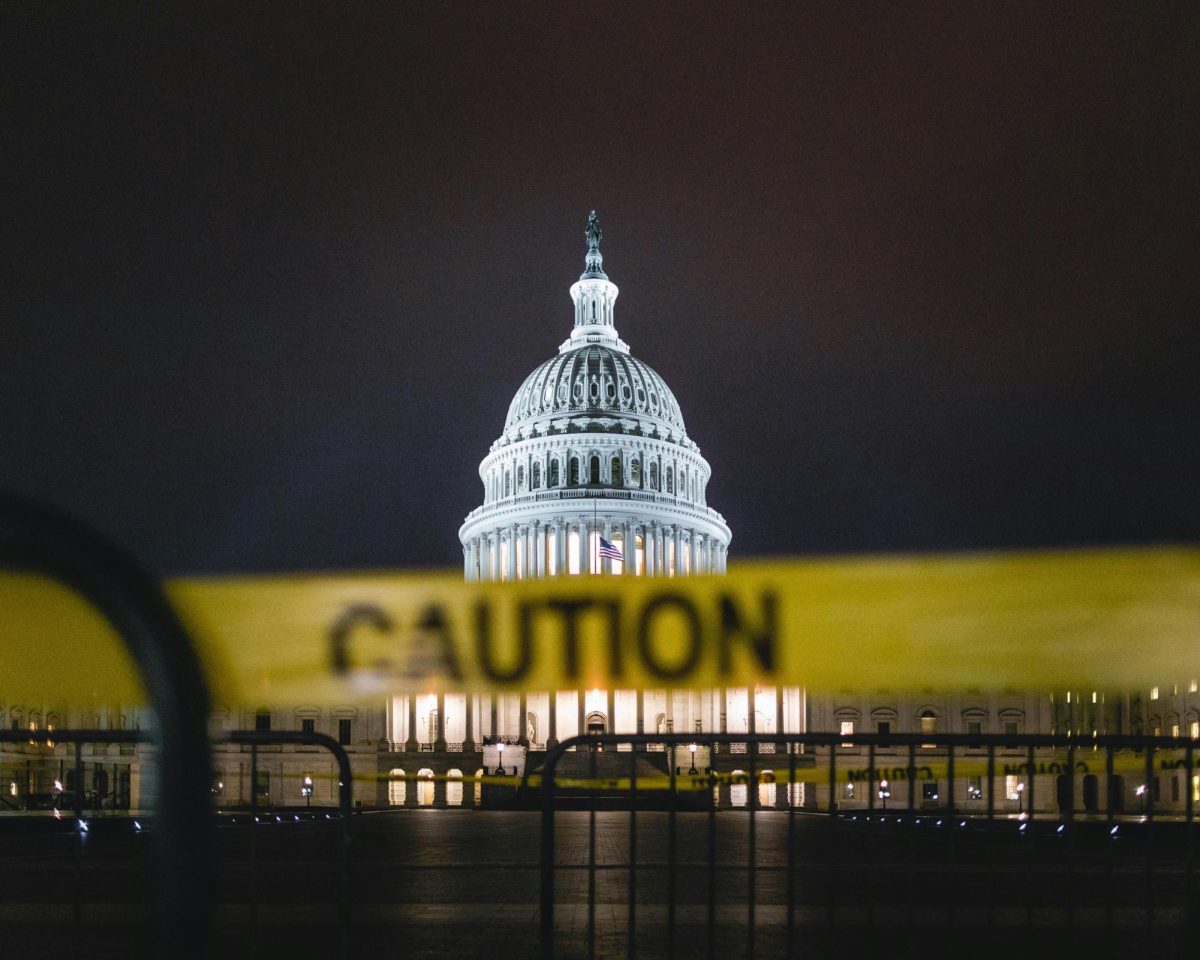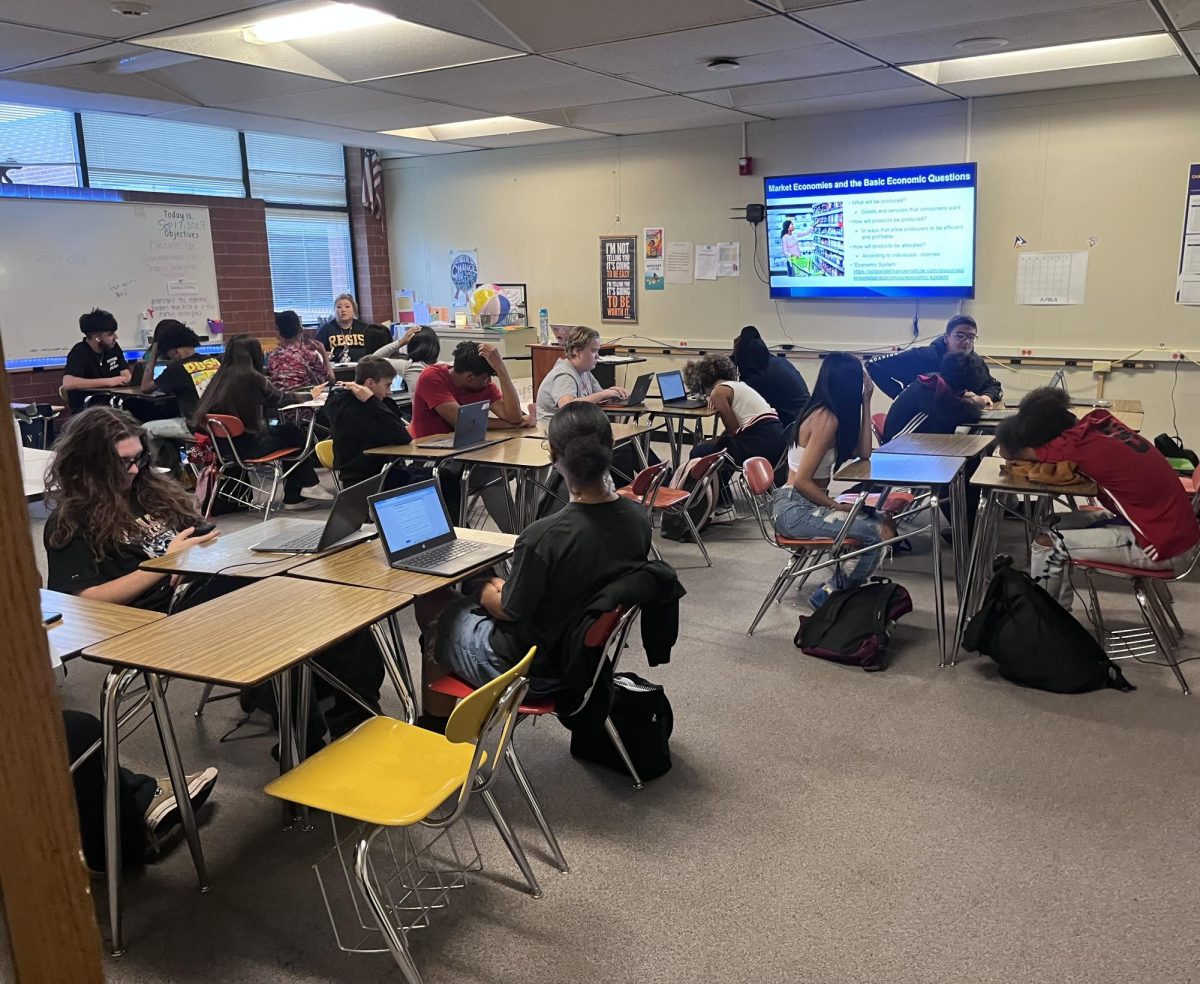Contemporary art has gotten a bad rap in recent years, with more people questioning whether or not it should be considered “real art.” Though this criticism is often deserved, especially when considering art like the notorious blue square, an increasing number of people ignore and attack this new era. By no means do I wish to police anybody’s opinions, but there are many examples of contemporary art that go much further than colored shapes and minimalist blocks. Given that art is such a versatile form of expression, it’s unfair to discount an entire movement.
For nearly 60 years Judy Chicago has changed the contemporary art world, and she is one of the most influential feminist artists of the 20th century. Since October 12th, the New Museum in New York has showcased a wide array of her pieces, sorted chronologically, and taking up four floors. “Herstory” is a culmination of Chicago’s artwork from 1965 to today, including collaborative pieces and a collection of artworks from other artists that relate to the exhibition’s overall theme.
On January 13th, I visited “Herstory” and found myself incredibly moved by the extensive display. Though I had never heard Judy Chicago’s name, I had previously visited one of her exhibits at the Brooklyn Museum called “The Dinner Party,” which is one of her most famous projects. Other projects she created include “The Birth Project,” “Power Play,” and “Womanhouse.” Chicago has participated in countless art movements, but they’ve always centered around one thing: women. Her art focuses on female sexuality and the human body. She skillfully utilizes multiple mediums, including stained glass, weaving, and many painting styles. Her works also include poetry and other forms of writing, drawing on both her own experiences and the experiences of women all around the world.
The first two floors of the exhibit cover Chicago’s early work, featuring her first minimalist and feminist pieces, immersive installations, and elaborate tapestries.
Among these early works are more specialized pieces like “Rainbow Shabbat” from Chicago’s 1985-1993 “Holocaust Project.” This piece is stunning–a large, colorful stained glass window depicting people of many different faiths, ethnicities, ages, and genders. On either side are Stars of David with a message in the middle, a Hebrew phrase with its English translation saying, “Heal those broken souls who have no peace and lead us all from darkness into light.” This entire project is especially important to her because of her Jewish heritage. The glass was completely lit up and presented in a dark room, illuminating every small detail. “Rainbow Shabbat” depicts an ideal future where everybody is united, creating a peaceful world.
The most intriguing project from her early work was the aforementioned “Womanhouse”, a 1972 collaborative installation exploring women and domesticity. Chicago teamed up with fellow artist Miriam Shapiro to collaborate with over twenty student and local artists to transform an old house into a representation of womanhood and the home. Not only were there numerous visual components like sculpture and painting but “Womanhouse” also showed a variety of performances and short artistic films created in the space.
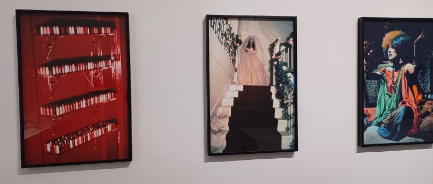
Other pieces that caught my attention come from Chicago’s early feminist art and tapestries from her 1980-85 “Birth Project”, particularly “The Creation.” The entire project referenced the various stages of birth and the story of Genesis. “The Creation” was the final artwork done for “The Birth Project,” and is a 14-foot tapestry woven by Audrey Cowan. In “The Creation,” both natural and divine forms of creation are portrayed.

One of the most fascinating aspects of Herstory is the exhibit on the fourth floor, entitled “The City of Ladies.” This show-within-a-show has dozens of artifacts created centuries apart, featuring pieces from Frida Kahlo, Virginia Woolf, and Emily Dickinson. This floor was incredibly well-curated, holding different types of writing, short films, sculptures, and paintings. There were even certain historical documents shown, such as a French permission slip to crossdress in 1862. The fourth-floor installation was exciting because of how it complimented the rest of the exhibit. Descriptions of “The City of Ladies” call it “introspective” rather than retrospective because it reflects Chicago’s personal history as an artist, writer, educator, and most of all, a feminist.
The most eye-catching pieces hung from the ceiling: ten large gold quilts with embroidered script. Chicago’s “The Female Divine” series, created in 2020 with DIOR, set out to answer the question: what if women ruled the world? This question connects to the final floor, presented in the New Museum’s Sky Room. Chicago teamed up with Nadya Tolokonnikova, a Russian musician, artist, and activist, to create this substantive piece. Chicago and Tolokonnikova collected hundreds of responses from women all over the world, answering things like: “Would there be violence?” “Would there be private property?” “Would old women be revered?” which all relate to the central question.
The Sky Room also contained quilted triangles which, when pieced together, make up the “International Honor Quilt”. As the title suggests, the “International Honor Quilt” is a collection of these triangles created by women worldwide, honoring certain experiences or even moments in history. Some represent female figures like Jane Adams and Helen Keller, while others represent specific groups of people like disabled lesbians and Hispanic women. Each one pays tribute to the struggles of women everywhere.
Judy Chicago’s art is a fantastic example of what contemporary art can look like, and “Herstory” shows just that. Her art and mindset may have evolved over time, but she maintains the core ideas that are so important to her. “Herstory” is a beautiful collection of some of her most impressive pieces and is a great introduction to the world of contemporary and feminist art. Contemporary art can often be misinterpreted and discredited, but it shouldn’t always be like this. As important as older art is, it’s important to find the beauty in the modern and embrace the new wave of creativity in the world, no matter how one chooses to express it.
